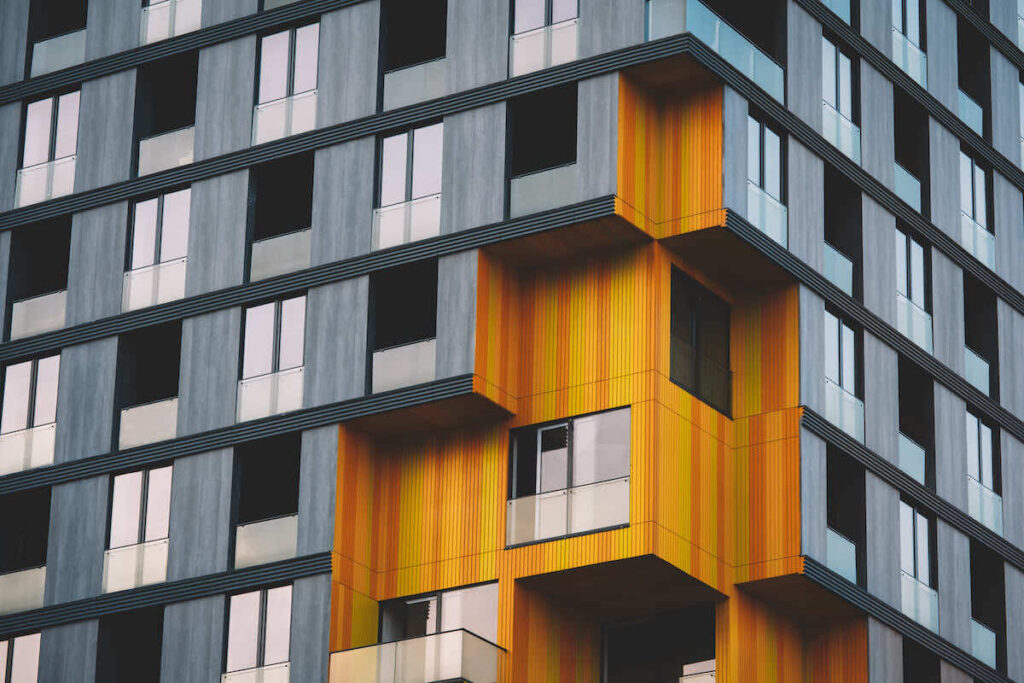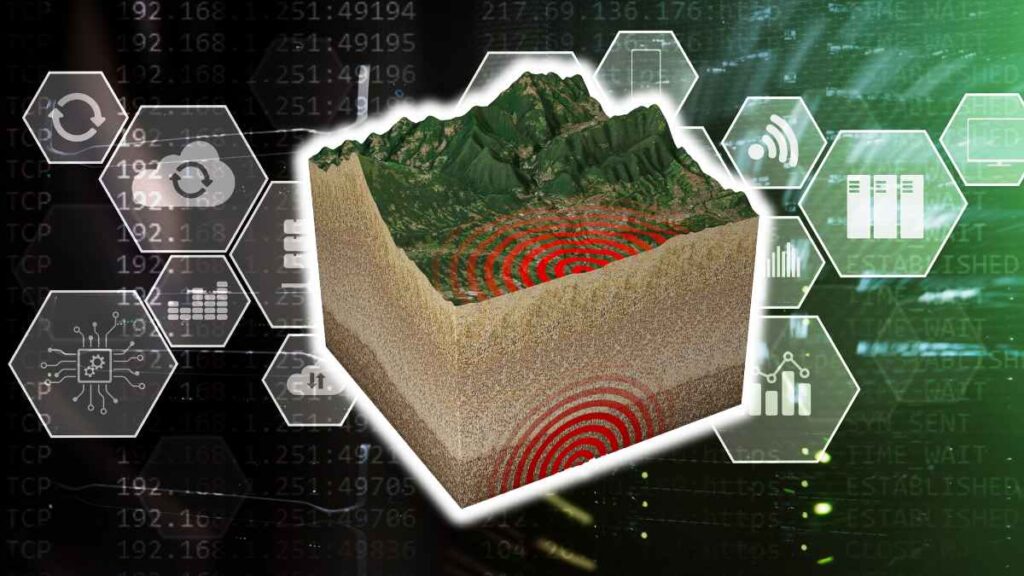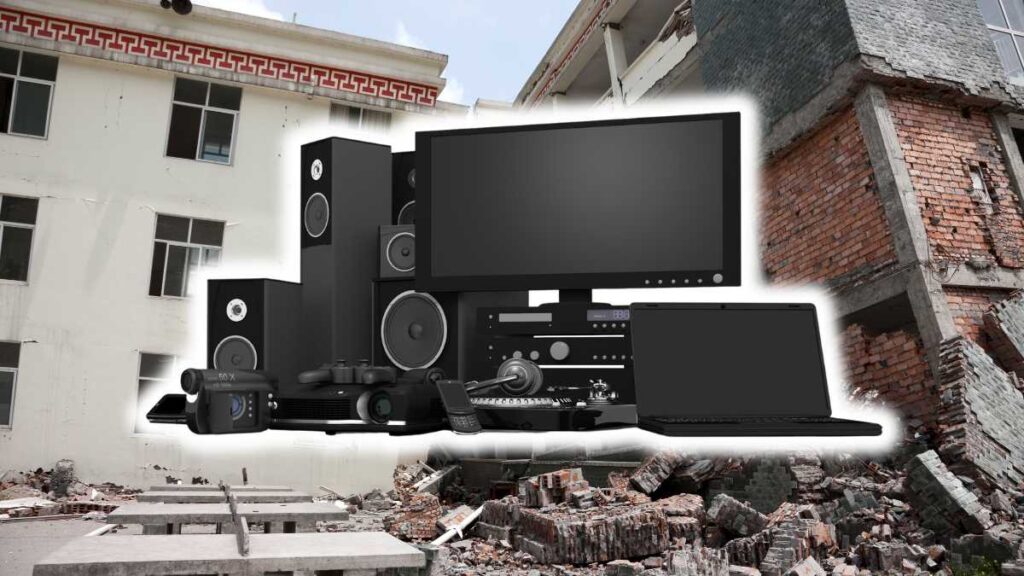Traveling can be a rewarding experience that introduces you to new cultures and environments. However, potential hazards, like earthquakes in certain destinations, can pose risks. Being aware of earthquake safety can make your trip memorable for the right reasons.
Contents
Toggle1. Understanding the Earthquake Basics - Helpful when Traveling
To ensure a safe trip, it’s essential to understand the fundamentals of earthquakes, including their causes, types, and regions most at risk.
1.1 Causes of Earthquakes
Tectonic Movements: The Earth’s crust is divided into several pieces known as tectonic plates. These plates float on the semi-fluid asthenosphere below them. As these plates move, they can either collide, move apart, or slide past one another. The stress caused by these movements can result in earthquakes.
Volcanic Activity: Volcanoes can also be the source of seismic activity. As magma from the Earth’s mantle tries to push its way to the surface, it can cause the ground to shake.
Induced Seismicity: Human activities, such as mining, reservoir-induced seismicity from filling large reservoirs, and geothermal energy extraction, can also trigger earthquakes, though typically of a lower magnitude.
1.2 Types of Earthquakes
Tectonic Earthquakes: These are the most common type and are caused by the movement of tectonic plates as mentioned above.
Volcanic Earthquakes: Directly related to volcanic activity, these are usually localized around volcanoes.
Collapse Earthquakes: Small earthquakes in underground caverns and mines.
Explosion Earthquakes: Resulting from the explosion of nuclear and chemical devices.
1.3 Earthquake Zones
While earthquakes can occur in almost any part of the world, certain areas are especially prone due to their location on tectonic plate boundaries:
The Pacific Ring of Fire: This zone encircles the Pacific Ocean and includes countries like Japan, Indonesia, and parts of the western coast of North and South America (like California). It’s notorious for both earthquakes and volcanic activity.
The San Andreas Fault: Located in California, USA, it’s one of the most studied and monitored fault lines in the world.
The Himalayan Region: As the Indian tectonic plate pushes into the Eurasian plate, significant stress is produced, leading to some of the world’s most powerful quakes.
The East African Rift Zone: An active divergent tectonic boundary in East Africa which is slowly splitting apart.
Alpide Belt: This stretches from the Mediterranean region to the Himalayas and is the second most seismically active zone after the Pacific Ring of Fire.
1.4 Earthquake Measurement
The magnitude of an earthquake is measured using the Richter scale. While minor tremors might not even be felt, a quake with a magnitude of 7 or more can cause severe damage in areas several tens of miles across. However, the impact of an earthquake also depends on the depth of its origin and the local geological conditions.
2. Before You Travel: Research and Preparation
Ensuring safety when traveling, especially to earthquake-prone regions, is paramount. This begins with proactive research and preparation.
2.1 Destination Research
Historical Seismicity: Research the history of earthquakes in your intended destination. Websites like the U.S. Geological Survey (USGS) provide past seismic activity data, which can offer insights into frequency and magnitude.
Local Building Standards: In some regions, infrastructure might not be built to withstand strong earthquakes. Knowing the local building standards can influence where you choose to stay or visit.
Tsunami Zones: Coastal areas near seismic zones can be prone to tsunamis following underwater earthquakes. Familiarize yourself with local tsunami evacuation routes and warning systems.
Local Culture and Preparedness: Some regions are culturally attuned to earthquake preparedness due to frequent occurrences. Japan, for instance, has regular drills and public awareness campaigns.
RELATED:
- How to Stay Safe During an Earthquake while Walking in the Street – 6 plus More Tips
- Earthquake preparedness for offices: A helpful guide for the workers
2.2 Emergency Contact Information
Embassy or Consulate: Register your travel plans with your country’s embassy or consulate. They can be a critical point of contact and assistance in case of major emergencies.
Local Authorities: Make a note of local police, fire department, and medical facility numbers. Remember, 911 is not universal. Know the equivalent emergency number for your destination.
Stay Connected: Consider purchasing or renting a local SIM card to ensure you have cellular service in the area. In case of an emergency, having a reliable mode of communication can be invaluable.
Personal Emergency Contacts: Inform close family or friends of your itinerary and check-in regularly. Leave them a copy of your travel documents, and ensure they know how to reach you and your travel companions.
2.3 Travel Insurance
Natural Disaster Coverage: Not all travel insurance policies are created equal. Some might not cover “acts of God” or natural disasters. Read the fine print and, if necessary, purchase additional coverage.
Medical Evacuation: Ensure that your policy covers medical evacuation, especially if traveling to remote areas. In the aftermath of an earthquake, specialized medical care might be required.
Trip Interruption or Cancellation: If an earthquake or other disaster occurs before your trip, a policy that covers trip interruption or cancellation can save you from financial losses.
Personal Property and Belongings: Ensure your policy covers damage to or loss of personal items during natural disasters. This can be particularly useful if you’re traveling with valuable equipment like cameras or laptops.
RELATED: Is earthquake insurance worth it? Discover if you need it
3. Accommodation Safety
Your accommodation should be both a sanctuary and a safe haven. Especially in earthquake-prone areas, the following precautions can help ensure a secure stay.
3.1 Selecting Your Stay
Check Reviews: Utilize travel websites and platforms like TripAdvisor, Airbnb, or Booking.com. Often, reviews by previous guests might mention if a place felt secure or if they noticed any safety standards in practice.
Inquire Directly: Don’t hesitate to ask the hotel or host about their building’s earthquake-resistant features. In regions prone to seismic activity, it’s a legitimate concern, and they should be transparent about it.
Low-Rise vs. High-Rise: While modern high-rise buildings may follow strict codes, in general, shorter structures are less likely to collapse than taller ones during earthquakes. Depending on the destination, you might want to consider staying in a low-rise building.
Local Construction Material: In certain areas, traditional construction materials and methods might inherently be more earthquake-resistant than modern constructions. For example, in some parts of Nepal, traditional stone and wood structures have withstood quakes better than newer concrete buildings.
RELATED: Damage-proof your house against earthquakes using these 4 practical and essential preparations
3.2 Safe Spots
Stay Away from Hazards: Identify potential hazards in your room. This includes large, unsecured furniture, hanging light fixtures, and items on shelves that could fall.
Under the Bed: If the bed is sturdy, it can offer a good protection against falling debris. In the absence of a table or desk, getting under a bed can be a safe alternative.
Doors: An interior door frame, especially in older buildings, can be one of the strongest parts of a room, but ensure the door is open to avoid getting trapped.
Avoid Glass: Windows, mirrors, and any other large glass fixtures can shatter during an earthquake. It’s essential to position yourself away from these to prevent injury.
RELATED: 10 things not to do during an earthquake if you stay in a high-rise building like a condominium
3.3 Evacuation Plan
Floor Plan Familiarity: Upon checking in, take a few moments to walk the emergency exit route, not just look at it on the map. In case of power outages, knowing the way instinctively can be invaluable.
Staircases Over Elevators: Always opt for staircases during evacuations. Elevators might become inoperable or even dangerous during an earthquake or its aftershocks.
Gather Points: Find out if the hotel has designated assembly points post-evacuation. It’s safer to be in a designated open area rather than wandering around.
Emergency Kit: Many hotels in earthquake-prone areas have emergency kits available for guests. Check its contents and know how to use them. If they don’t have one, consider keeping essential items like a torch and a whistle with you.
3.4 Coordination and Communication
Hotel Staff Training: Inquire if the hotel staff is trained in emergency procedures. Well-trained staff can be a valuable resource in guiding and assisting guests during emergencies.
Stay Informed: If there’s an in-room television or radio, tune into local news after any noticeable tremor to stay updated on the situation.
RELATED:
4. During An Earthquake: Drop, Cover, and Hold On
Indoors: If you’re indoors when shaking starts, drop to the ground, take cover under a sturdy table or desk, and hold on until the shaking stops. Stay away from windows, glass, or anything that can shatter.
Outdoors: Find a clear spot away from buildings, trees, and streetlights. Drop to the ground and protect your head and neck.
In a Vehicle: If driving, pull over to a safe spot, away from overpasses or power lines. Stay inside the vehicle until the shaking stops.
RELATED:
5. After the Earthquake
Expect Aftershocks: These are smaller earthquakes that follow the main shock. They can be strong enough to cause additional damage.
Stay Informed: Listen to local news or a battery-powered radio for updates and instructions.
Be Cautious: Watch out for hazards such as broken glass, damaged buildings, or downed power lines. If in a coastal area, be aware of potential tsunamis.
Stay in Touch: Contact your family and let them know you’re safe. Use text messages or social media to reduce the load on mobile networks.
READ MORE:
6. Packing Essentials for Earthquake-prone Destinations
Emergency Kit: Whether you’re staying in a hotel or are on the move, having an emergency kit with essentials is crucial. This kit should include essentials like water, non-perishable snacks, a flashlight, batteries, a first-aid kit, a whistle, and local currency.
RELATED: Effective Survival Kit – What to gather and how to maintain it?
Digital Copies: Have digital backups of important documents, including your passport, visa, and travel insurance.
Battery Pack: A portable charger can be crucial if you’re unable to access electricity for an extended period.
7. Conclusion
Embarking on a journey to explore the world’s wonders is an enriching experience. While the thrill of discovery and the beauty of different cultures await, it’s crucial to prioritize safety, especially in geologically active regions.
Earthquakes, though unpredictable, don’t have to catch travelers off guard. By integrating knowledge about seismic activity, understanding the regions you’re visiting, and taking proactive measures, you can ensure that your adventures remain positive memories. The essence of travel isn’t merely about the destinations; it’s about the experiences and the wisdom gained along the way.
So, as you pack your bags and set your sights on new horizons, move forward with an informed perspective, ensuring that you’re ready for any eventuality. Here’s to safe and memorable journeys ahead!
RELATED: Earthquake preparedness: Are you prepared enough if one strikes now?
Related from External Sources
- How to Survive an Earthquake: Essential Travel Safety Tips – https://www.worldnomads.com/travel-safety/worldwide/how-to-survive-an-earthquake-travel-safety-tips
- How to prepare when travelling to earthquake-prone regions – https://www.bbc.com/travel/article/20110314-how-to-prepare-when-travelling-to-earthquake-prone-regions
- The World’s 10 Most Earthquake Prone Countries – https://www.worldatlas.com/articles/the-world-s-10-most-earthquake-prone-countries.html
- Earthquake safety – https://en.wikivoyage.org/wiki/Earthquake_safety
- The World’s Most Earthquake-Prone Areas and Countries – https://quantectum.com/the-worlds-most-earthquake-prone-areas-and-countries/
- Where in the world do earthquakes occur most often? List of countries and a checklist if you are in the midst of events – https://realting.com/news/which-countries-are-most-prone-to-earthquakes
- Where do earthquakes occur? – https://www.bgs.ac.uk/discovering-geology/earth-hazards/earthquakes/where-do-earthquakes-occur/
- Where do earthquakes occur? – https://www.usgs.gov/faqs/where-do-earthquakes-occur




